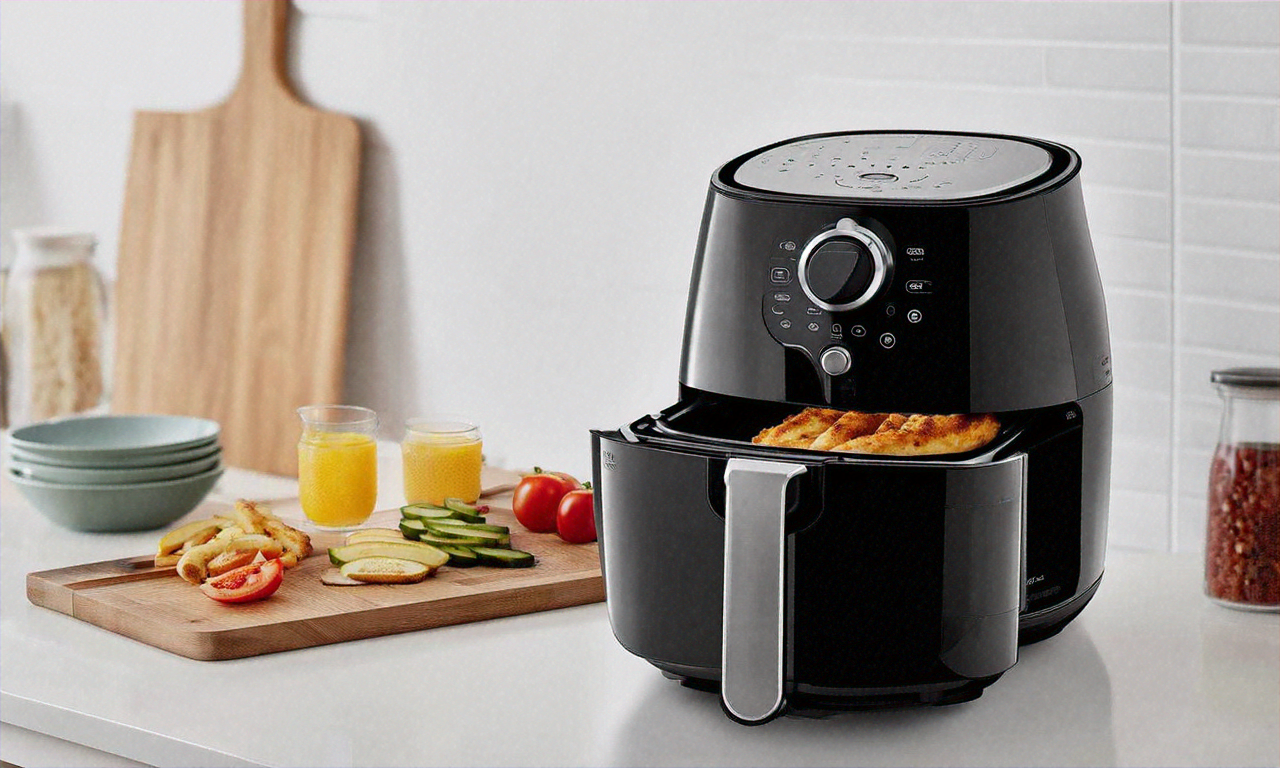Vegetable Cutter: Guide to Types, Use, and Maintenance
A vegetable cutter can change routine kitchen tasks by making slicing, dicing, and shredding quicker and more consistent. Whether you use a manual tool or an electric vegetable cutter, understanding types, safe operation, maintenance, and how it fits into your food preparation workflow helps you choose the right appliance for your needs and keep it working reliably.

Vegetable cutter in the kitchen?
A vegetable cutter is a practical kitchen tool designed to reduce time and effort when preparing vegetables. In home kitchens and small professional settings it replaces repetitive knife work for tasks like julienne, dice, and spiralize. Beyond speed, it improves consistency in cuts, which affects cooking times and presentation. Consider the cutter’s footprint, ease of cleaning, and storage, since bulky models can occupy counter or cabinet space. For occasional use a compact manual cutter might suffice; for frequent meal prep an appliance with multiple attachments is often more convenient.
What types of vegetables work best?
Most vegetable cutters handle a wide range of produce, from firm items like carrots, potatoes, and beets to softer vegetables such as cucumbers, zucchini, and bell peppers. Leafy greens and very soft fruits can be problematic in some models because they may not feed through cleanly. For root vegetables and dense produce choose a cutter with sturdy blades and a strong feeder mechanism. Many cutters include adjustable blades or different discs so you can switch between thin slices, thick slices, matchsticks, or grates depending on the vegetables and the recipe you’re preparing.
How does it speed food preparation?
A vegetable cutter streamlines repetitive cutting tasks, reducing the time spent on prep during weekday meals or batch cooking. Uniform cuts mean food cooks more evenly, helping to avoid overcooked edges and undercooked centers, which is especially useful for stir-fries or oven-roasted vegetables. For larger households or meal-prepping sessions, an electric vegetable cutter can process large quantities faster than manual tools. Using the right attachment and feeding technique also lowers the physical strain associated with long periods of knife work, which some users find beneficial for comfort and safety.
What is an electric vegetable cutter?
An electric vegetable cutter is a powered appliance equipped with interchangeable blades or discs that automate slicing, shredding, and chopping. These units vary in motor strength, capacity, and accessory sets; higher-power motors handle tougher vegetables and larger batches, while compact models suit smaller kitchens. Safety features commonly include locking lids, non-slip bases, and food pushers to keep hands away from blades. Electric cutters require more careful cleaning and storage than manual tools, but their time savings and consistent output often justify their place as a food preparation appliance for regular cooks.
Choosing an appliance for your needs
When selecting a vegetable cutter, weigh factors such as available counter space, cleaning preferences, frequency of use, and the kinds of vegetables you prepare most often. Materials matter: stainless-steel blades tend to stay sharper longer, while plastic components can reduce weight and cost. Check how easy it is to disassemble and whether parts are dishwasher-safe if convenience is a priority. Noise level, warranty, and availability of replacement blades or accessories are practical considerations. For those seeking versatility, look for units that offer several blade types and stable construction to handle both delicate and dense produce.
A well-maintained vegetable cutter extends its useful life and preserves performance. Regularly inspect blades for dulling or damage and replace them as needed. Clean removable parts promptly to prevent food residue buildup; soak and scrub where appropriate, and follow manufacturer guidance for motor housing care. Store attachments safely to avoid dulling or misplacement. Using recommended attachments and avoiding forcing oversized pieces through the feeder reduces wear and helps maintain consistent cuts over time.
A vegetable cutter can be a useful addition to many kitchens, helping to speed food preparation, ensure more uniform cooking, and reduce repetitive knife work. Choosing between manual and electric models depends on your cooking habits, kitchen space, and the volume of vegetables you process. Proper selection, safe operation, and regular care will keep the appliance performing well and make vegetable prep a smoother part of your routine.






